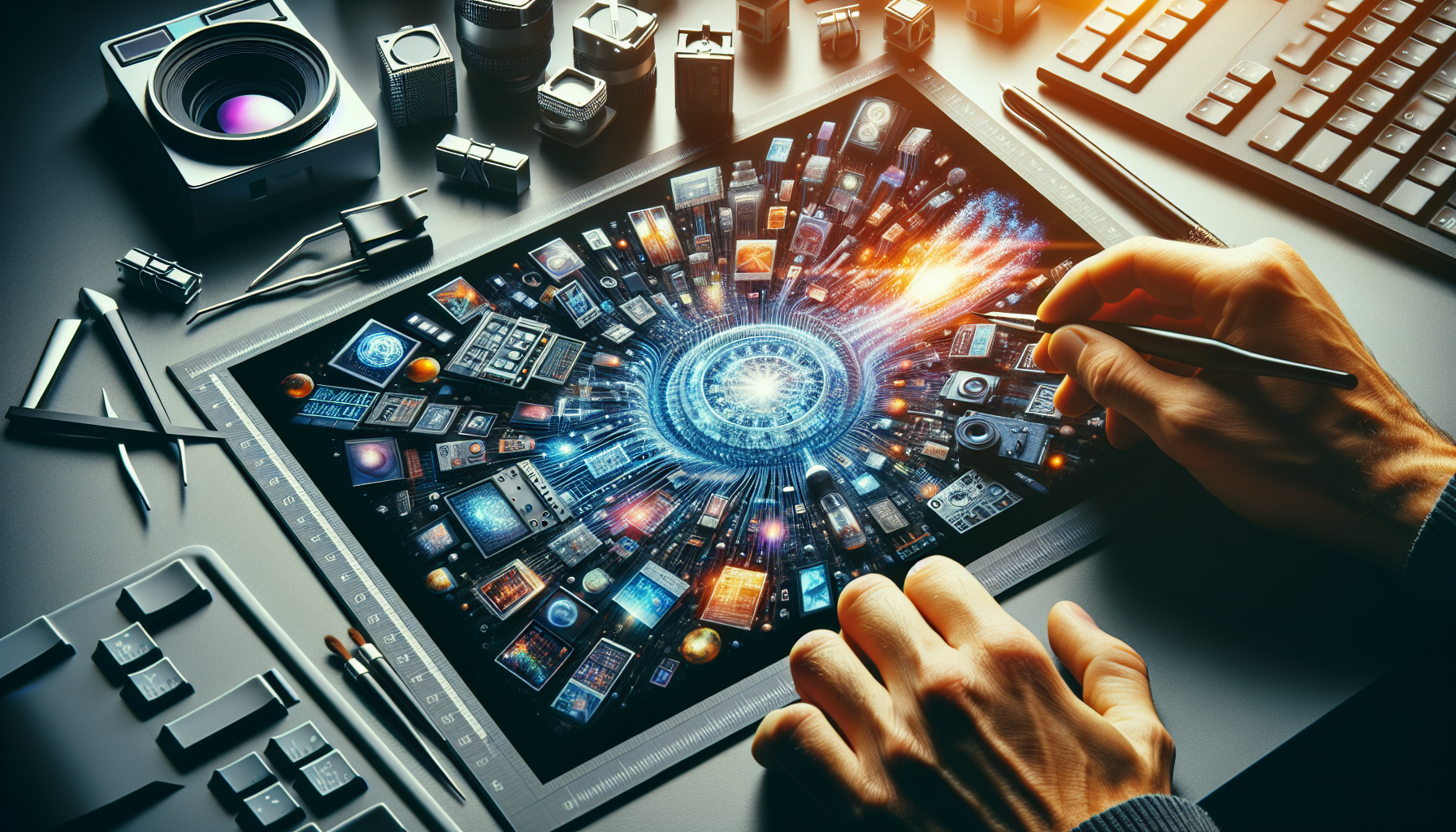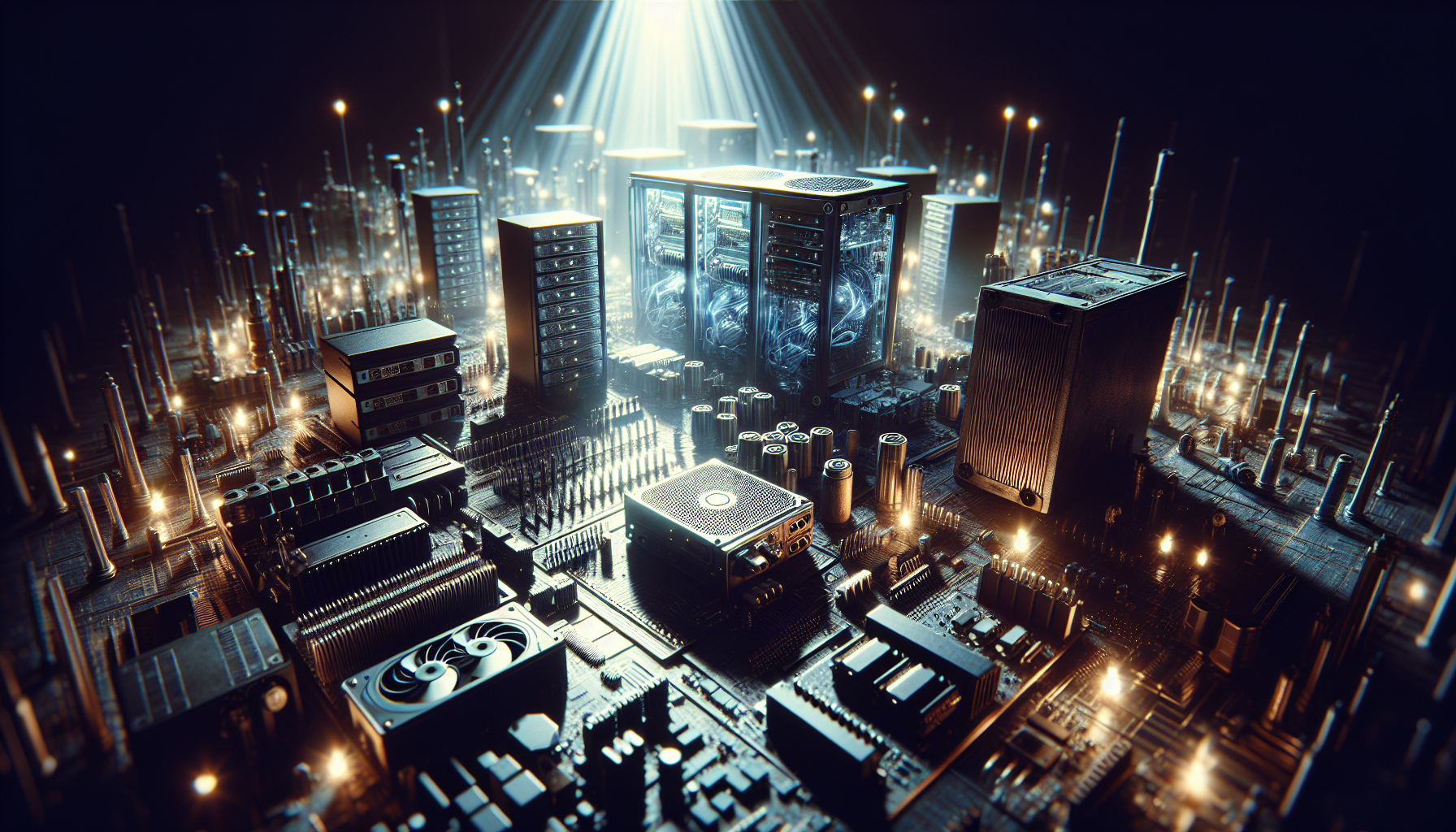Understanding IT: Definition and evolution of information technologies
What is IT?
The term IT, For Information technology in English, designates all the technologies related to the processing and management of information and data. This vast field thus includes computer science, telecommunications, database management systems, information security, and much more.
IT is essential in the modern world: it allows businesses to operate efficiently, governments to deliver services, and individuals to communicate and access a multitude of online services.
The historical evolution of IT
The evolution ofinformation technology is marked by several major periods. It all starts with the invention of the computer, which dates back to the middle of the 20th century. The era of giant mainframes began to give rise to rapid innovations: miniaturization of components, the appearance of PCs (Personal Computers) in the 1980s, the advent of the Internet in the 1990s, and the development of the Web.
Following this, the beginning of the 21st century witnessed the explosion of mobility with smartphones and tablets, as well as cloud computing, big data, artificial intelligence (AI) and the Internet of Things (IoT).
The key components of IT
To understand IT, you have to take an interest in its various components. It all starts with the hardware (hardware), which includes servers, computers, storage devices, etc. Then comes the software (software), which refers to operating systems, applications and databases.
There connectivity is also a crucial aspect, involving telecommunications networks, Internet, and communication standards. Finally, the security has become a major IT issue, with the need to protect computer systems against cyberattacks and data leaks.
The role of IT in the contemporary world
IT plays a major role in almost every aspect of daily and professional life. In the business world, it enables process automation, improves internal and external communication, and supports decision-making through data analysis.
In the public sector, IT helps deliver government services online, improves transparency and facilitates citizen interaction. On an individual level, IT is omnipresent in mobile devices, enabling access to entertainment services, education and e-commerce.
Current trends in IT
Currently, several major trends are transforming IT. L’artificial intelligence and machine learning (machine learning) have become key elements in the development of more intelligent and autonomous solutions. THE cloud computing continues to grow in popularity, providing flexibility and scale never before seen in IT services.
There security is also a hot topic, with an ever-increasing need to protect systems and data from new threats. Finally, theIoT, or the Internet of Things, is connecting the physical and digital world in innovative ways, transforming entire industries like healthcare, agriculture and manufacturing.
The key components of IT: software, hardware and networks

The world of Information Technology (IT) is vast and complex. To understand its foundations, it is essential to look at the three key components that form the basis of any IT infrastructure: Software, THE Material and the Networks. This trinity works together to provide the services and features users expect, whether in a professional or personal setting.
Software
Software is the programs and operating systems that bring computers and other devices to life. Without software, the hardware is inert. There are several types of software:
- Operating systems : They manage all computer hardware and software resources, providing a foundation for applications. Examples: Windows, macOS, Linux.
- Application software : They are designed to help the user perform specific tasks. Examples: office suites, image processing software, databases.
- Utility software : They offer complementary functionalities to operating systems to optimize or secure the use of resources. Examples: antivirus, file compression software.
Materials
The hardware component brings together all the physical elements that are involved in the composition of a computer system. These elements are as varied as they are crucial for the proper functioning of the system:
- Processors (CPU) : The heart that executes software instructions.
- RAM : Essential for speed of task execution.
- Storage disks : HDD or SSD, they store data persistently.
- Motherboards : They connect all the components together.
- Graphics cards (GPU) : Crucial for image processing and video.
- Power supplies : They provide the energy necessary for all the components.
Networks
Networks are what allow different software and hardware components to communicate with each other or with the outside world. They can be local or extended:
- Local Area Networks (LAN) : Connect devices in a limited space like a home or office.
- Wide Area Networks (WAN) : Cover large distances and often connect multiple LANs together.
- Wireless networks (Wi-Fi) : Allow connection to the Internet or other devices without the use of cables.
- Communication protocols: They dictate how data is transmitted over the network. Examples: TCP/IP, HTTP, FTP.
These components can be deployed from a small office to large cloud infrastructures managed by giants such as Amazon with AWS, Microsoft with Azure or Google with Google Cloud Platform.
Mastering these three key components is essential for any IT professional wanting to understand and effectively manage modern IT systems. Each plays a specific but interdependent role, where alignment and consistency between software, hardware and networks are key to optimal performance and security.


Leave a Reply